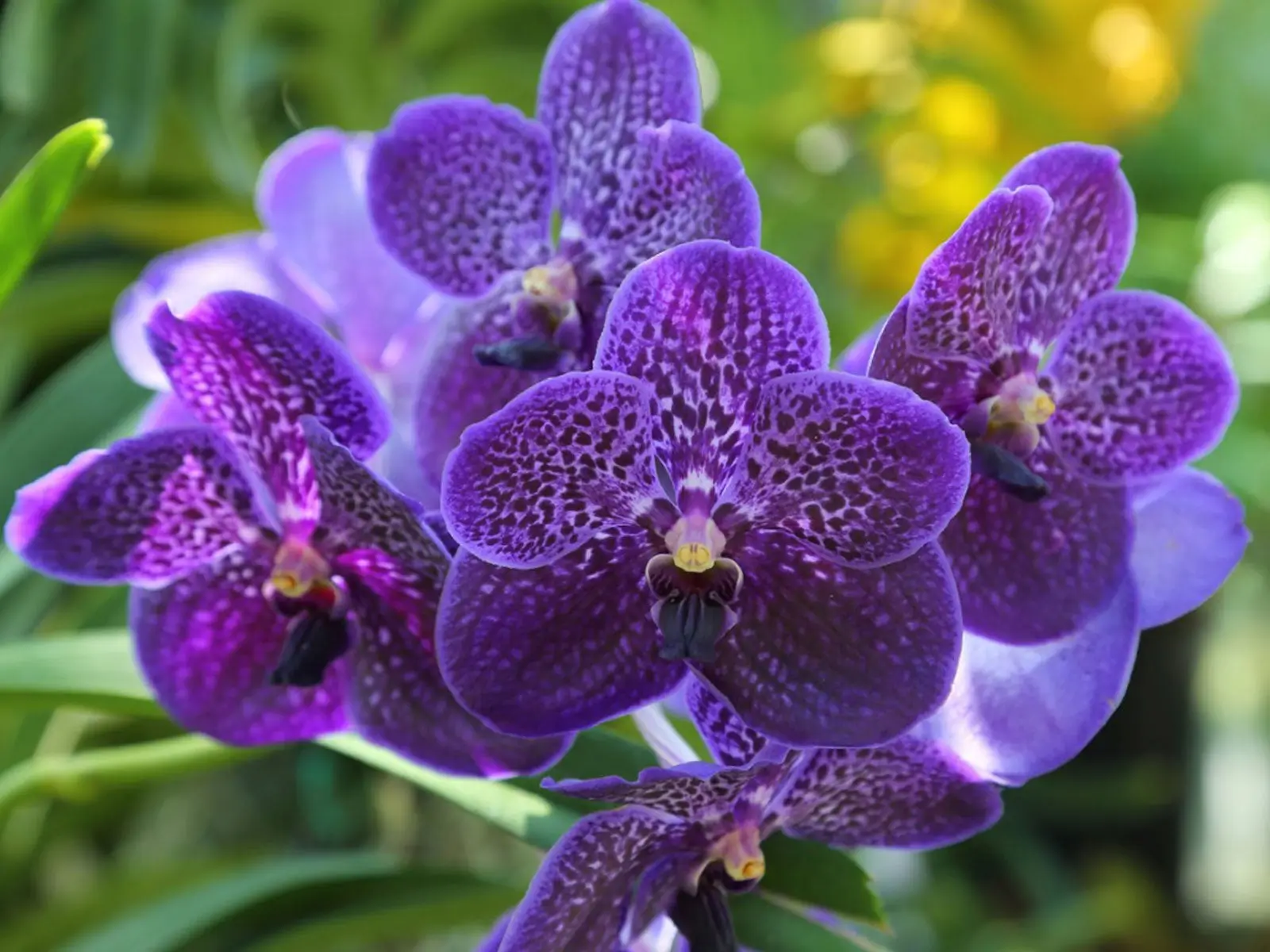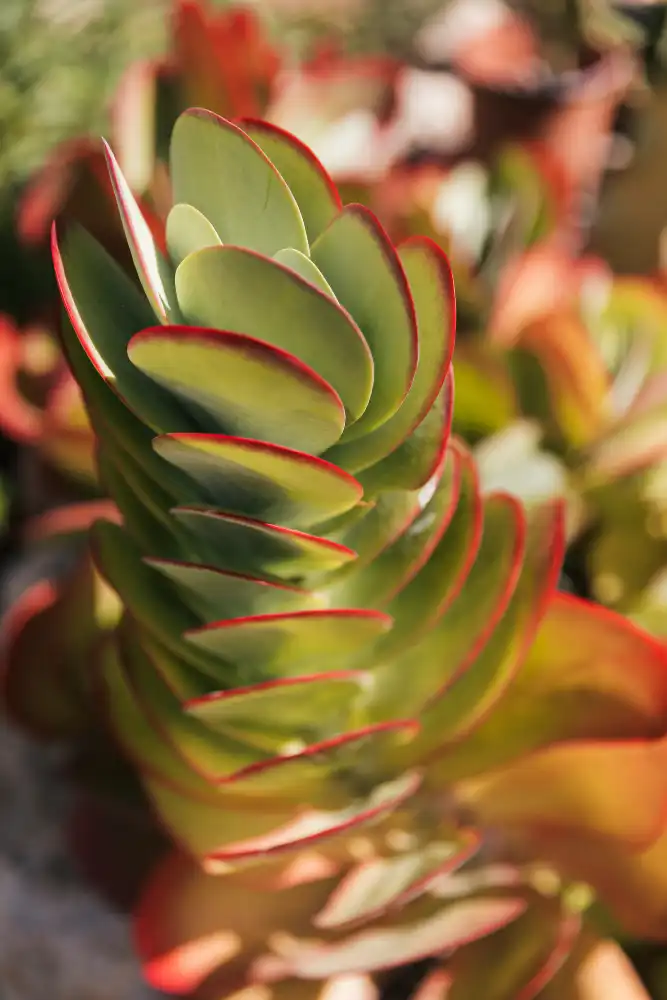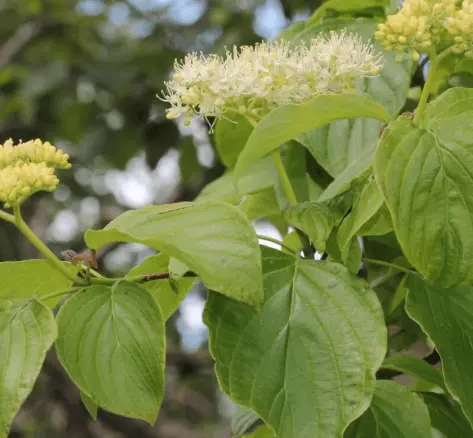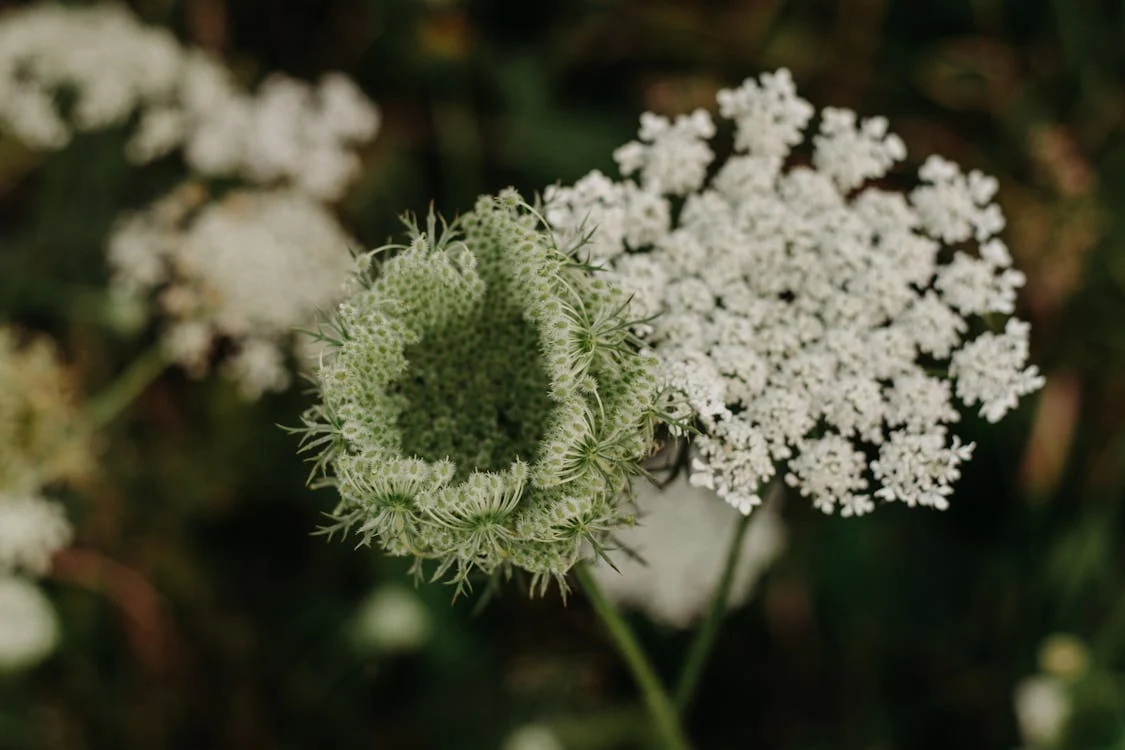
Soil Health & Fertilization
We unite suppliers and green industry professionals worldwide
The Vanda Orchid, with its bold, showy blooms, and exposed roots is one of the most stunning tropical plants you can grow.
By Victor Miller
|Published on June 07, 2025


What if your most dramatic houseplant didn’t even need soil?
The Vanda Orchid, with its bold, showy blooms, and exposed roots is one of the most stunning tropical plants you can grow. These orchids, native to Southeast Asia and parts of the Himalayas, grow in high trees and capture moisture and nutrients directly from the air. Their aerial roots are not just functional — they’re sculptural, hanging like silvery threads beneath the plant and bringing a modern, wild vibe to any area.
But what really sets Vandas apart are their flowers. Available in an array of vivid purples, blues, oranges, reds, and pinks, their flowers are unusually large, often fragrant, and can appear multiple times a year under the right conditions. While they’re considered a bit high-maintenance compared to more forgiving orchid types, the payoff is more than worth it. With adequate humidity, strong light and proper care, Vanda Orchids can offer growers stunning blooms and lasting elegance.
| Botanical Name | Vanda spp |
| Common name | Vanda Orchid |
| Type | Epiphytic orchid |
| Height | 1 to 3 feet (indoors) |
| Sunlight requirements | Bright, indirect to filtered sunlight |
| Soil | no soil – best grown in baskets or mounted |
| Watering needs | Frequent misting or soaking |
| Hardiness Zones | 10–12 (USDA), best as a houseplant in cooler climates |
| Bloom Time | Can bloom 2–3 times per year under ideal conditions |

September 25, 2025
9 minute read
September 24, 2025
9 minute read
September 23, 2025
10 minute read
September 22, 2025
9 minute read


Join as a seller and connect with thousands of B2B buyers nationwide!
Sign Up

Paddle Plant
The Paddle Plant (Kalanchoe thyrsiflora or Kalanchoe luciae) is sculpture as much as it is succulent. This dramatic plant, with its large, round, paddle-shaped leaves tinged with red edges, adds a bold, architectural presence to any garden or indoor space

Pagoda Dogwood
The Pagoda Dogwood (Cornus alternifolia), a small tree or large shrub that lives up to its name with a branching habit that mimics the layered rooflines of a pagoda. It has four-season appeal:

Quaking Aspen
The Quaking Aspen isn’t only praised for its golden autumn foliage — it’s adored for how its round, flat leaves tremble and shimmer with the slightest touch of wind. This captivating characteristic makes the Quaking Aspen a great marvel of the natural wo

Queen Anne’s Lace
Queen Anne’s Lace has long inspired the imagination of both gardeners and herbalists alike with its umbrella-shaped clusters of white flowers and feathery, fern-like foliage.
Vanda Orchids are unlike most other orchids only in that they prefer to grow without regular potting mix. They naturally grow on trees with large aerial roots to anchor themselves and absorb moisture. To replicate this, most individuals grow them in slatted wooden baskets or mount them so that the roots hang down freely.
Steady humidity, bright indirect light and regular watering are important. They prefer warm air and good air circulation and also appreciate to be fed well during their growing season. With the right care, they repay growers with some of the most superlative blooms in the world of orchids.
Vandas adore intense light but not direct, burning sun. An east- or west-facing window where some sheer curtain filters the sun is ideal. Under the open sky,dappled shade beneath trees mimics their native habitat. If your orchid isn’t blooming, it might need more light — but if the leaves are turning yellow or getting spotty, it is too much.
Vanda Orchids don't need soil. Instead, they’re ideal for wooden baskets, hanging planters or mounted on bark or cork slabs. The key is excellent airflow and allowing the roots to stay exposed. If necessary, you can line the basket lightly with coarse orchid bark or sphagnum moss to retain some moisture, especially if you’re in a dry climate.
Since Vandas don’t grow in soil, they require continuous moisture through other means. In warm, humid conditions, daily misting is ideal. In drier conditions or during hot spells, soak the roots in water for 15–30 minutes every day or every other day. Let the silvery white roots become greenish — they should dry out completely between soakings to avoid rot.
Water less frequently in the cooler months, but don’t allow your succulent’s roots to dry out completely for extended periods. Remember: healthy Vanda roots should be thick and firm.
Pruning Vanda Orchids helps manage their size, encourages blooming, and keeps the plant healthy. Here’s how to handle it:
Vanda Orchids can be multiplied by keikis (offshoots) or by dividing the adult plants.
While Vandas don’t grow in traditional pots, you can still enjoy them indoors by adapting their container needs:
Vanda Orchids can’t tolerate cold. Bring them inside when temps drop below 55°F. Set them in a bright, warm environment with humidity, preferably near a south-facing window or under grow lights. Mist frequently, reduce watering slightly and do not let the roots dry out completely.
Vanda Orchids will produce flowers 2–3 times per year if they were provided a lot of light and high humidity.Feed regularly during active growth.Once a bloom finishes, snip the flower spike to redirect energy. Lots of light = lots of blooms—so keep them close to the sun (but not in it).
Vandas are relatively robust as long as they receive the right conditions, but be on alert for:
Dramatic and showy Vanda Orchids are a show-stopping flower for those who love tropical beauty! Their bizarre way of growing — in air! — makes them so visually interesting but also so horticulturally satisfying.
With proper light, humidity and regular care, you can enjoy its showy flowers multiple times a year. These exotic, brightly colored blooms are so gorgeous and showy hanging in a well-lit window or swaying from a patio beam. They always bring a lush, luxurious feel that’s hard to beat.
No. They are epiphytic and are at their best when mounted or grown in baskets with with free-hanging roots.
With proper light and humidity, Vandas can bloom 2-3 times per year.
They’re more demanding than beginner orchids like Phalaenopsis but are manageable with proper humidity, light, and airflow.
Yes, if you live in USDA zones 10–12, or can offer warm temperatures and humidity. Bring indoors if temperatures drop.

Soil Health & Fertilization
Victor Miller

Pest Identification & Prevention
Victor Miller

Lawn Care Tips & Maintenance
Victor Miller

Soil Health & Fertilization
Victor Miller

Smart Irrigation Systems
Victor Miller

Patios, Walkways & Driveways
Victor Miller

Soil Health & Fertilization
Victor Miller

Pest Identification & Prevention
Victor Miller
My Account
Our team is always here to help.
We are open Monday - Friday, 9:00 AM to 4:30 PM PST.